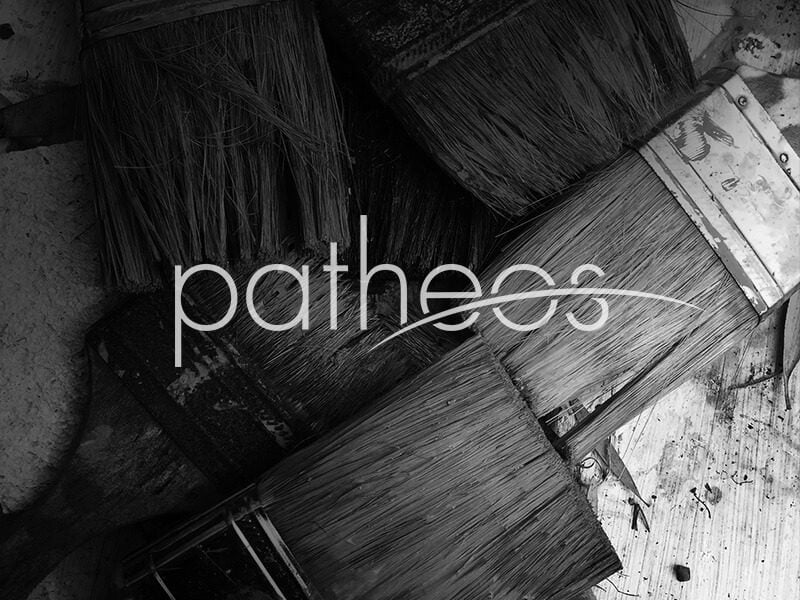Some quotations from Ivan Illich’s book on Hugh of St. Victor’s Didascalicon :
Hugh’s life coincided “with the beginning of the epoch of bookishness which is now closing,” which was “a fleeting but very important moment in the history of the alphabet when, after centuries of Christian reading, the page was suddenly transformed from a score for pious mumblers into an optically organized text for logical thinkers.”
For Hugh, reading is a spiritual, corporate, and physical act:
“Learning and, specifically, reading, are both simply forms of a search for Christ . . . Approaching wisdom makes the reader radiant. The studious striving that Hugh teaches is a commitment to engage in an activity by which the reader’s own ‘self’ will be kindled and brought to sparkle.”
As a communal act: “The monastic reader — chanter or mumbler — picks the words from the lines and creates a social auditory ambience. All those who, with the reader, are immersed in this hearing milieu are equals before the sound. It makes no difference who reads, as it makes no difference who rings the bell.”
As an act of harvest: “When Hugh reads, he harvests, He picks the berries from the lines.” Each “understands the lines by moving to their beat, remembers them by recapturing their rhythm, and thinks of them in terms of putting them into his mouth and chewing.”
The fruits picked from reading were to be stored in the memory as moments in a redemptive-historical framework: “The young student is enabled to place all the events of biblical history within its frame; all are assigned a time and a place within a series: patriarchs, sacrifices, victories . . . . The child’s mind was trained to build the memory mazes, and to establish the habit to dart and retrieve in them. Remembrance was not conceived as an act of mapping but of psychomotor, morally charged activity.”
Advanced readings used a more complex system: “Hugh proposed a much more complex, three-dimensional ark — a space-time matrix built within the mind of the student and modeled on Noah’s ark.”











